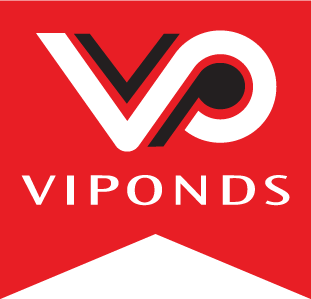Flat, uniform paint can leave a surface looking dull or unfinished, especially in creative spaces.
If you're working on a mural, signage or a feature wall, visual depth makes all the difference. Texture adds character, movement and a sense of craftsmanship. For professionals across Melbourne and beyond, the right painting techniques combined with quality products can completely change the result.
Top professional texture techniques to try
Bring your paintwork to life with these trusted methods. Each one offers a distinct finish and is perfect for signage, retail displays or creative interiors. These are some of the most effective textured wall painting ideas for artists and trades alike.
1. Sponging
Sponging is one of the most popular textured wall painting ideas for creating soft, natural variation across a surface. The technique produces a mottled, layered effect that mimics the look of aged plaster or delicate clouds. It’s a favourite for feature walls, creative studios and retail environments where subtle texture adds depth without overwhelming the space. This method is also forgiving, making it great for those new to decorative finishes.
How to do it: Start by applying your base coat and letting it dry fully. Dip your sponge lightly into a glaze or contrasting paint, then dab it across the surface with a gentle hand. Rotate the sponge as you go to avoid repeating patterns. Layering multiple dabs helps create variation and depth.
This finish is especially effective in entryways, creative retail spaces or display walls where texture can enhance the mood without overwhelming the space.
2. Rag rolling
Rag rolling delivers a striking, fabric-like finish with lots of personality. The texture resembles draped fabric or soft marbling and works beautifully in creative displays or as a backdrop for signage. It adds movement and visual interest, making otherwise plain surfaces feel animated. Artists often use this technique to frame murals or bring contrast into larger wall sections without needing extra materials.
How to do it: Once your base coat is dry, soak a clean, lint-free rag in a glaze. Twist it loosely, then roll or drag it across the surface in fluid motions. Vary the direction or pressure to produce different effects. Choose colour combinations from the same palette for best results, such as a rich base coat paired with a lighter or brighter glaze.
3. Brushed drag
This technique adds linear texture, often resembling brushed fabric or timber grain. It's a versatile choice for both commercial and residential spaces where a subtle design element makes a significant difference.
How to do it: Apply a layer of glaze over a dry base coat. While the glaze is still wet, pull a dry brush across the wall in a single motion, either vertically or horizontally. For a clean, even texture, work with light overlaps and consistent pressure.
The brushed drag technique pairs beautifully with neutral colour schemes or as a backdrop for signage and artwork.
4. Stencilling
Stencilling is ideal for precise patterns, logos or decorative borders. It offers consistency and control, making it one of the more structured textured wall painting ideas for both mural and signwriting applications.
How to do it: Position your stencil and secure it with painter’s tape. Lightly load your stencil brush or roller with paint, then apply in thin layers. Take care to avoid overloading the brush, which can cause paint to bleed underneath. Once dry, remove the stencil cleanly. For added depth, try using a darker base layer and applying a lighter top coat offset to create a shadow effect.
5. Trowel and compound layering
This technique creates a highly tactile finish with raised areas you can both see and feel. It's perfect for bold murals, feature walls or artistic spaces where the texture is part of the design.
How to do it: Start with a surface that can support heavier materials, like masonry or primed cement render. Apply a prep coat, then use a steel trowel to spread your textured compound or thick paint. You can create swirls, ridges or smooth waves depending on your movement. Once dry, glazing or colour washing over the texture will help highlight the surface variations.
If you're working on concrete, pairing this with the best concrete paint in Australia ensures better adhesion and long-lasting results.
Achieve outstanding textured finishes with Viponds Paints products
Viponds Paints has been supporting artists, sign writers and trade professionals throughout Melbourne, South Australia and Queensland for decades. We offer a wide range of specialty paints designed for murals, signage and textured finishes.
Whether you're experimenting with sponging or layering with a trowel, you'll find compatible paints and products that give you full control over your results. If you're finishing concrete or cement render, our range includes options considered among the best concrete paints in Australia.
Need help choosing the right paint or finish? Contact the Viponds Paints team for product support, expert advice and recommendations.


